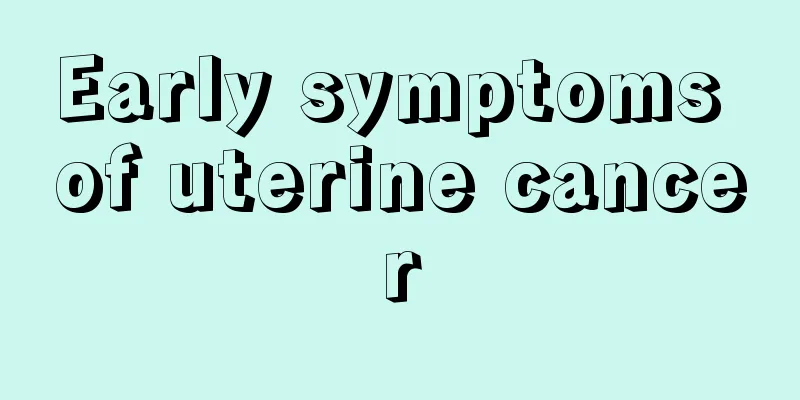What causes chest pain when breathing

|
I believe everyone has had this situation: when running, you suddenly feel a stabbing pain in your chest, and the more you breathe, the more pain you feel. What is going on? Some people don't understand the situation, but are worried inside, with all kinds of thoughts popping up in their minds. Well, today I will explain to you the reason. The stabbing pain in the chest when breathing may be a stitch in the side, also known as acute chest and rib pain. The cause of "stitch in the side" is insufficient or no warm-up before strenuous activity. During strenuous activity, muscles enter a state of tension, while internal organs are too inert to move immediately to meet the nutrients and oxygen needed for muscle activity, causing the respiratory muscles to tense and spasm. Or when the body's oxygen demand increases, improper breathing, which only speeds up the breathing rate but makes breathing shallow, can also cause tension in the respiratory muscles and lead to spasms. It may also be due to not participating in physical activities for a long time or the weather is too cold, causing excessive sweating. Low sodium chloride levels in the body can also cause side stitches. When you get a stitch in the side, the respiratory muscles spasm, stimulating the receptors in the respiratory muscles and causing pain. The most important respiratory muscles in the human body are the intercostal muscles and the diaphragm. When the intercostal muscles spasm, pain will occur on both sides of the chest. When the diaphragm spasms, pain occurs under the left and right ribs. The way to stop and prevent "stuck in the stomach" is: one. Change shallow breathing to deeper breathing, exhale slowly and deeply, and exhale forcefully. This will allow you to inhale a large amount of air to meet the oxygen needs during exercise, relax the respiratory muscles, and eliminate pain. two. Adjust your breathing rhythm and coordinate it with your running frequency, so that you can breathe in and out every two steps or three steps. three. If the pain cannot be relieved by the above methods, you can take a deep breath and hold your breath, tap the painful areas on both sides of the chest or under the ribs, and then take slow, deep breaths. Repeating this several times can gradually relax the respiratory muscles and relieve spasms. All in all, chest pain when breathing is not a big problem. It may be caused by a stitch in the side when breathing. There is no need to scare yourself. In order to prevent chest pain from occurring frequently, everyone must prepare in advance before exercising and relax the body so that no accidents will occur during exercise. |
<<: What's the matter with too much saliva
>>: What are the treatment options for varicose veins
Recommend
Introduction to the method of pickling garlic
Pickled garlic not only tastes sweet, crispy, ten...
Liver transplantation is more effective than local resection in treating small hepatocellular carcinoma
Clinically, liver cancer with a tumor diameter of...
Does prostate cancer affect pregnancy? Why does prostate cancer affect pregnancy?
Prostate cancer is a common male disease. The occ...
Is it true that eggs can remove moisture and toxins? Let me tell you quietly
In early autumn, the season is relatively cold, a...
Is the growth in the bladder cancer? Symptoms of bladder cancer
If there is a disease in the body, it should be t...
Introduction to armpit lymphatic detoxification methods
Of course, we should pay special attention to the...
What should I do if I can’t take off the jade bracelet?
Women particularly like jade bracelets. Those jad...
What are the benefits of honeycomb wine?
Everyone knows that the honey produced by bees is...
What are the symptoms of cardia cancer? What are the early symptoms of cardia cancer?
In recent years, the incidence of cardiac cancer ...
How to remove grease stains in the kitchen
Recently, there have been continuous reports at n...
Can ovarian tumors be passed on to children?
Be careful! Ovarian tumors can also be inherited....
Melanoma of eyelid
If a melanocytic nevus appears on the eyelid, it ...
Can I eat apples after getting a face-lift injection
Everyone wants to have a delicate face, which can...
How to prevent tooth cold pain
Many people have experienced tooth pain when expo...
Can peritoneal and lymph node metastasis after colon cancer surgery be treated?
Generally speaking, if patients have peritoneal a...









